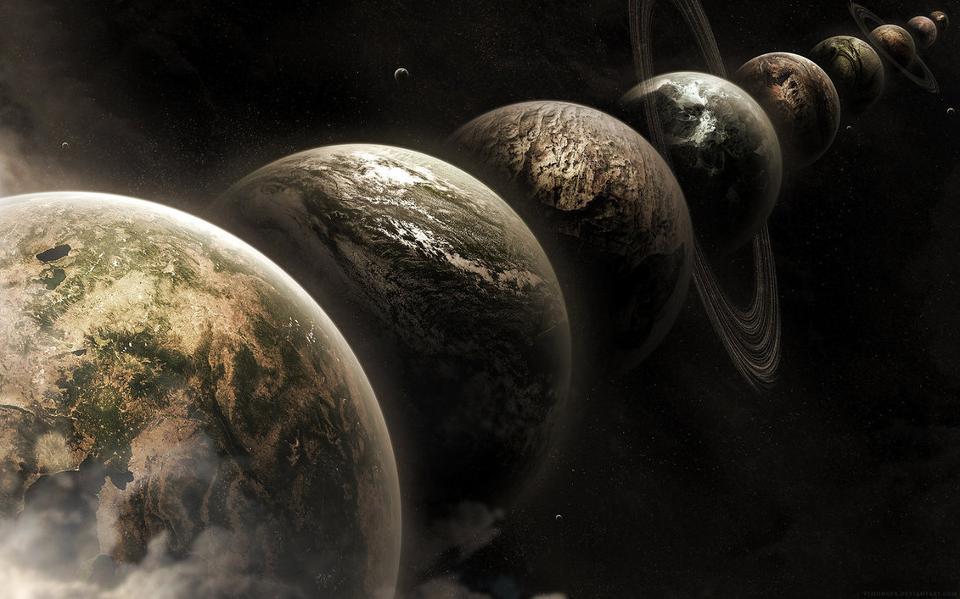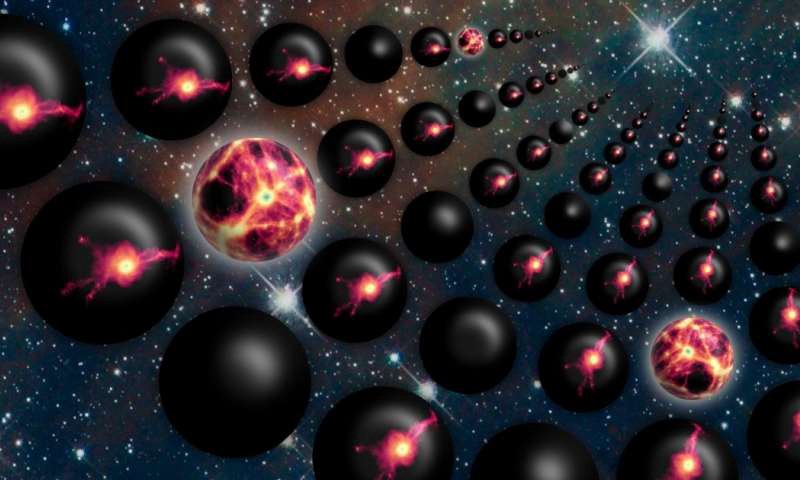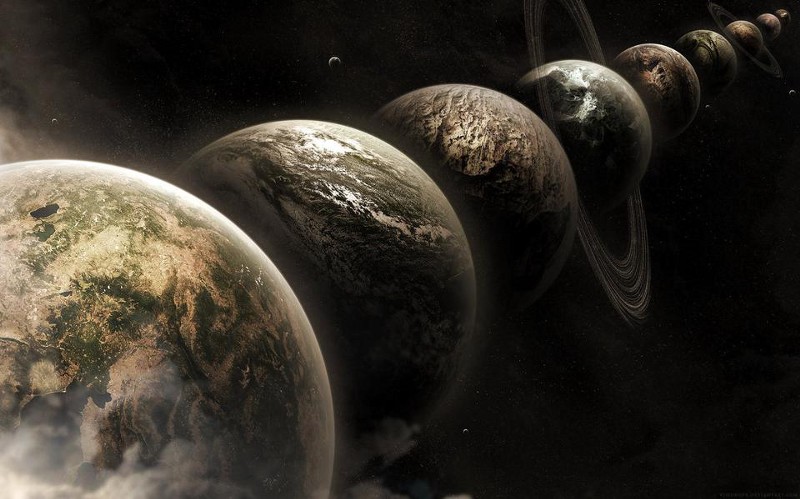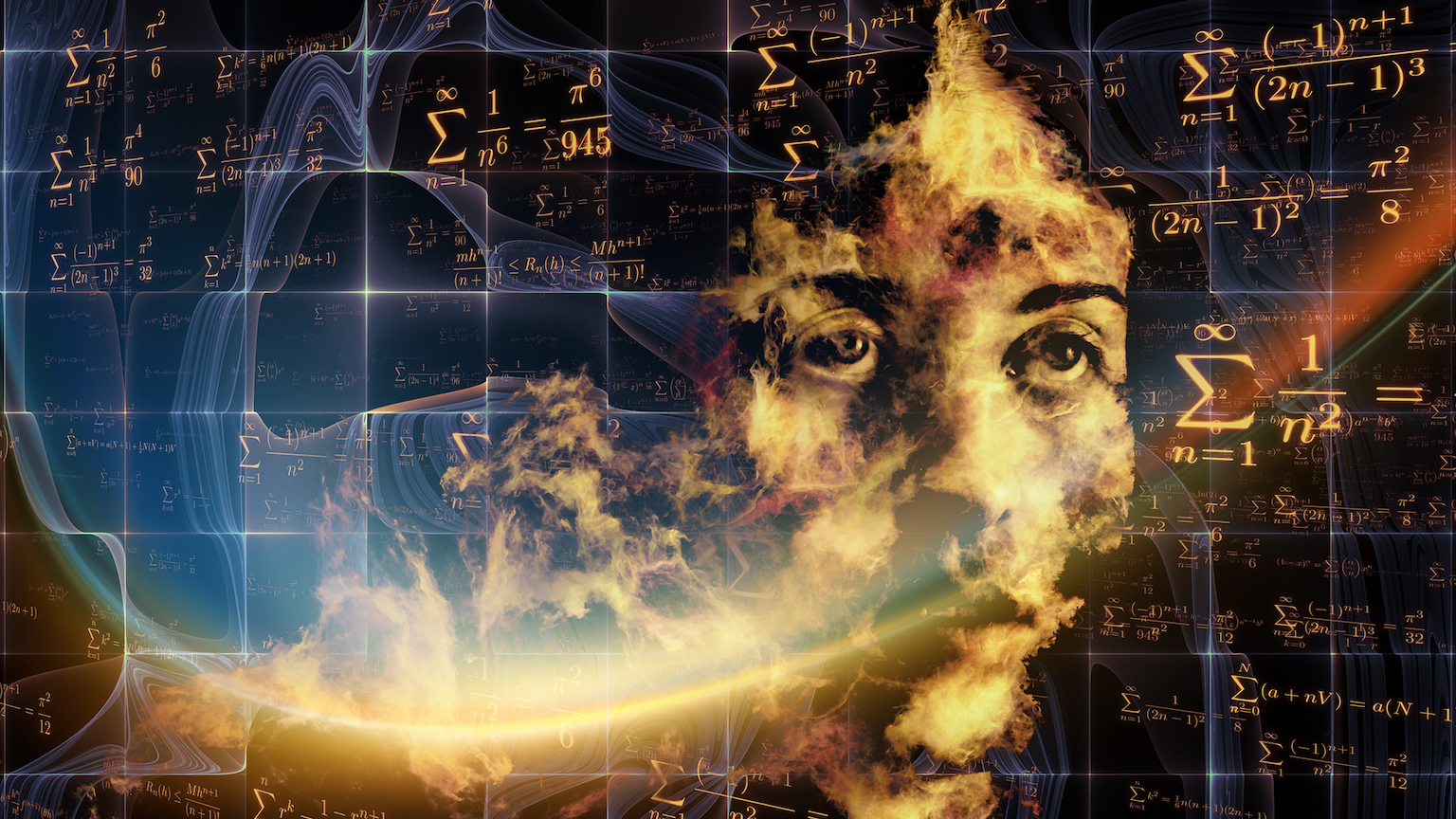There is no empirical, scientific evidence for the Multiverse
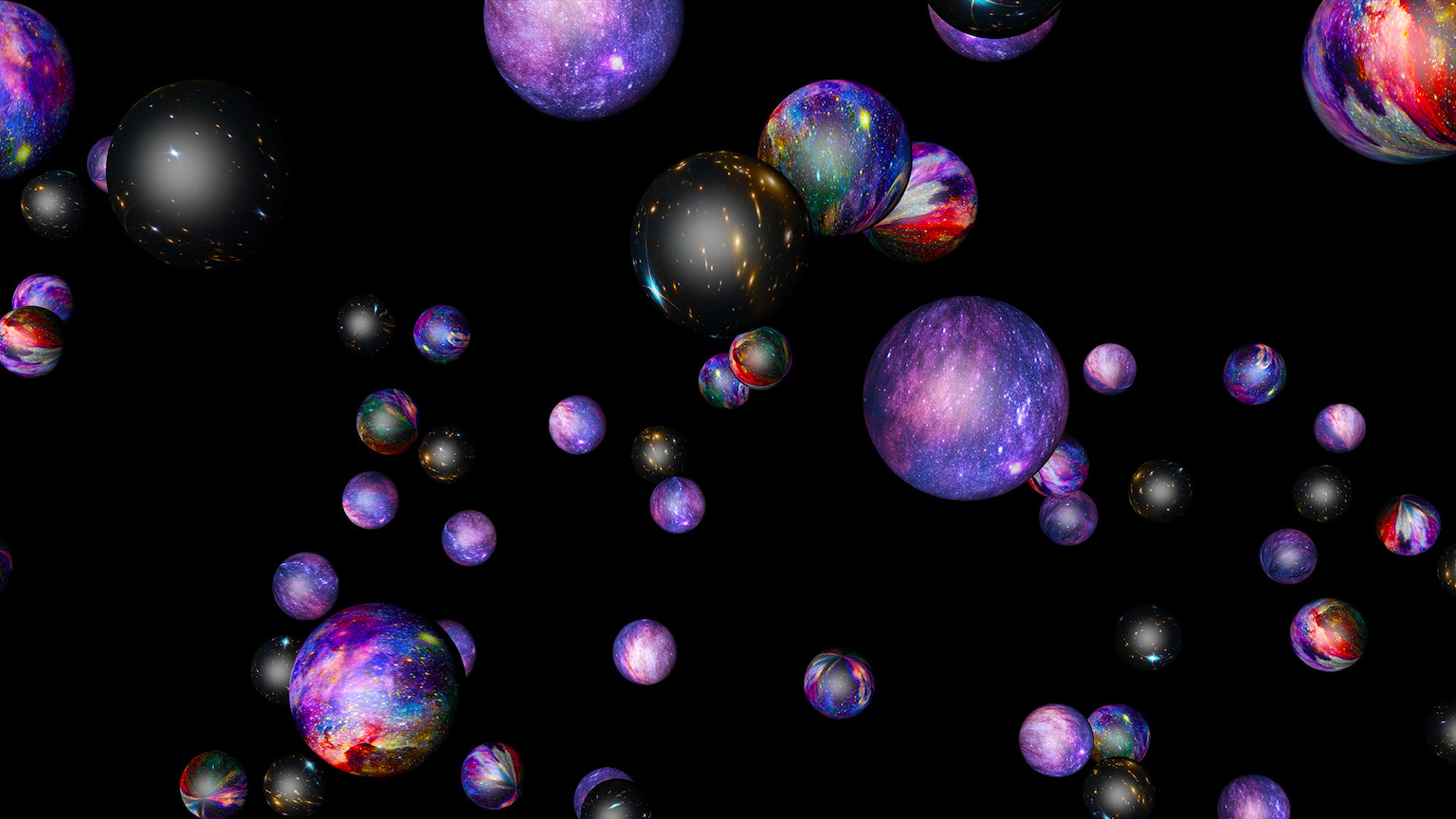
- The Multiverse is a very big, very cool, and very exciting idea.
- There are three important places the Multiverse appears in modern science and cosmology: the many-worlds interpretation of quantum mechanics, string theory, and eternal inflation.
- Unfortunately, there is no empirical evidence for any of them.
The Multiverse is everywhere these days. The idea that there is more than one Universe or, even better, that there are many parallel versions of this Universe, has become a staple of popular fiction. It is, for example, an essential feature of the Marvel Cinematic Universe with an entire story arc’s depending on it (that is, Loki, Spiderman and Doctor Strange). Writers love the Multiverse because it allows them to play with cause and effect, asking how life and history might have changed if even some tiny variation in a timeline were added. What kind of “you” might have emerged from a history without that first love, or where a big triumph was swapped for a big defeat, or even where you wore blue socks on September 17, 2012 rather than black ones? The idea that all these parallel Universes are out there, existing simultaneously and potentially even interacting, is just too good for many fiction writers to pass up.
But is there any real empirical scientific basis for it? Is there good reason to believe that this Multiverse idea, which emerged from the frontiers of science, is true? In other words, do you live in a Multiverse?
The answer for better for worse is no. There is no empirically grounded scientific reason to believe there is such a thing as a Multiverse of parallel realities. In fact, the only time the Multiverse appears in scientific theories is as a bug rather than a feature. If you have a Multiverse in your cosmic model, it is probably evidence that your model is failing in some important way.
Three ways the Multiverse appears
There are three important places the Multiverse appears in modern science and cosmology: the many-worlds interpretation of quantum mechanics, string theory, and eternal inflation. Let’s look at each one separately.
If your best theory to explain some gas cloud in the Andromeda galaxy demands the existence of 100 unobservable pink elephants around the star Vega, your theory might have a problem.
The many-worlds interpretation of quantum mechanics is an attempt to understand what’s called “the collapse of the wave function” in quantum physics. This is the whole Schrodinger’s cat thing where, before a measurement is made on a quantum system, it will be in two mutually exclusive states (like a dead cat and a live cat) at the same time. Then, when a measurement is made (someone looks) the system “collapses” into one or the other state. Physicists have been wondering what this collapse means for years. The many-worlds interpretation gets around the issue by claiming that there is no collapse. When a measurement is made, the Universe splits in parallel versions, which then evolve on their own. Since every quantum event produces a splitting, you end up with an almost infinite number of parallel Universes — a quantum driven multiverse.
The other kind of Multiverse comes from inflationary cosmology, which says in the earliest moments after the Big Bang, a tiny region of the full post-Big Bang spacetime underwent an expansion on steroids, increasing in size by 1060. When inflation stopped, this tiny bit of reality had become our entire Universe. The rest of spacetime, however, continues just cruising along. That means other slivers of it can experience their own inflationary periods to become their own separate domains of reality. In this “eternal inflation,” so-called “pocket universes” are endlessly popping up. Together, they form a Multiverse.
String theory can play a role here as well. About 20 years ago, it was discovered that string theory couldn’t predict the one Universe we inhabit but ended up yielding about 10500 Universes. If string theory were the correct Theory of Everything, then it slotted nicely into eternal inflation and added to the prediction of a Multiverse.
Cosmic buzzkill
Now, I admit, these are very big, very cool, and very exciting ideas. The problem is they are just that: ideas. There is not one single shred of evidence for the existence of any of these Multiverses. Not. One. Single. Shred. But that absence is really just the beginning. When you look at it, the Multiverse appears in these theories mostly as a failure to deal with the real problem that they were originally interested in.
The many-worlds interpretation seems outrageously profligate in its making of Universes. But it stakes that position solely on a metaphysical commitment to viewing the equations of quantum mechanics as something real and existing independent of us as opposed to being tools we use to understand the world. I am as up for metaphysical arguments as the next guy, but inventing an infinite number of parallel realities because of a philosophical commitment seems a wee overcommitted.
String theory was originally sold as a Theory of Everything that would give us a complete account of this explicit Universe we live in. When “the string landscape” with its 10500 possible solutions (its Multiverse) was discovered, it was for many an indication that the theory was not delivering on its promises. Things have only gotten worse for string theory since then, and the excitement it generated 20 or 30 years ago has long since waned.
Inflationary cosmology does have some good empirical grounding and is now part of the standard account of the Universe. But inflation is really more of a class of theories than a single model, and eternal inflation represents more of a thorn in its side than a triumphant prediction. Many theorists would be happy to find a way to turn off all those other pocket Universes if they could. After all, if your best theory to explain some gas cloud in the Andromeda galaxy demands the existence of 100 unobservable pink elephants around the star Vega, your theory might have a problem.
So, put it all together and it turns out that, scientifically, the Multiverse is mostly a bust. It is a solution to problems with existing theories, not an explanation for unexplained observations or data. That means we are stuck with this one Universe we see and the one history that allowed us to be here looking at it. Given how beautiful, wonderous, and extraordinary that one Universe and one history are, however, I don’t see that as a problem at all. And I still love the Multiverse as fiction. Go Doctor Strange!

